Engineered Hardwood Flooring vs Laminate Flooring
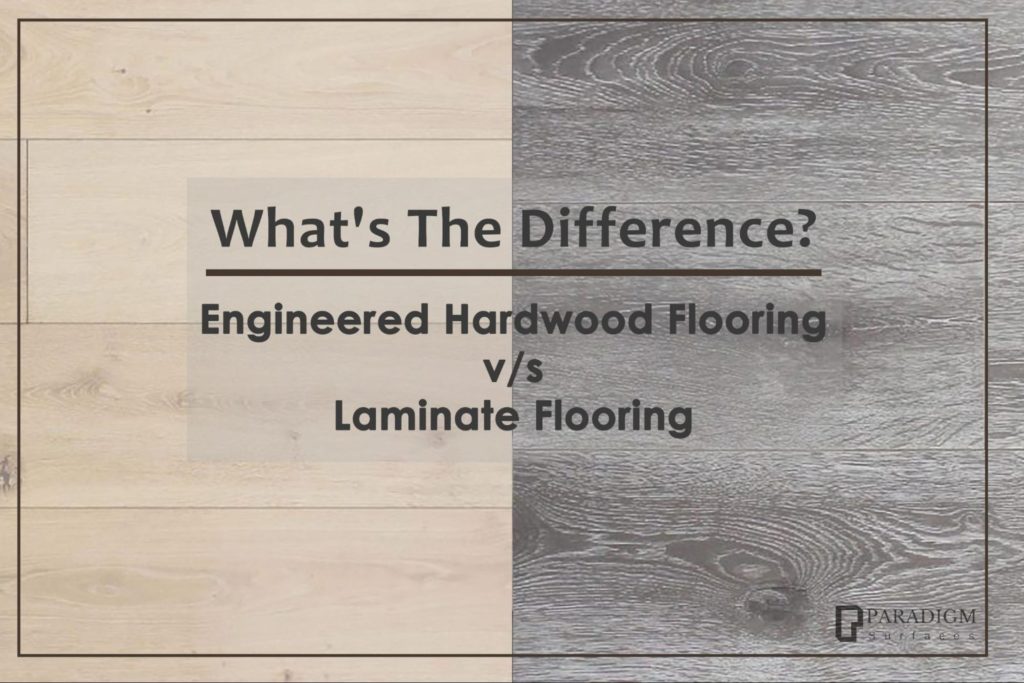
Engineered hardwood is typically made out of wood pieces that are glued together to form a plank. It is also glued to the subfloor, which is why it can be installed over concrete or any other type of subfloor. This type of flooring generally has a higher price tag than laminate flooring, but it lasts longer and has more natural appeal.
Laminate flooring is made out of a variety of materials, including wood and plastic. The pieces are put together in layers which are then heated and pressed together to create the finished product. This type of flooring does not need to be glued down and can be easily installed over existing floors such as tile or carpet. It also has a lower price point than engineered hardwood floors.
What is Engineered Flooring?

Engineered wood flooring is very popular made up of three components: a top layer, such as veneer, plywood, or particle board; an underlayment; and an adhesive. The top layer acts as a protective surface while the underlayment provides stability and sound absorption. The adhesive holds the layers together.
The materials used in engineered wood flooring are usually chosen for their durability and ease of installation. Engineered wood floors are also easier to maintain than other types of hardwood floors because they do not require sanding or refinishing.
Wood Floor Installation: Most engineered wood floors can be installed by following standard DIY installation techniques with some minor adjustments to accommodate thicknesses and weight requirements for different types of products.
Engineered Wood Floor Maintenance: With proper care, engineered wood floors should last about 15 years.
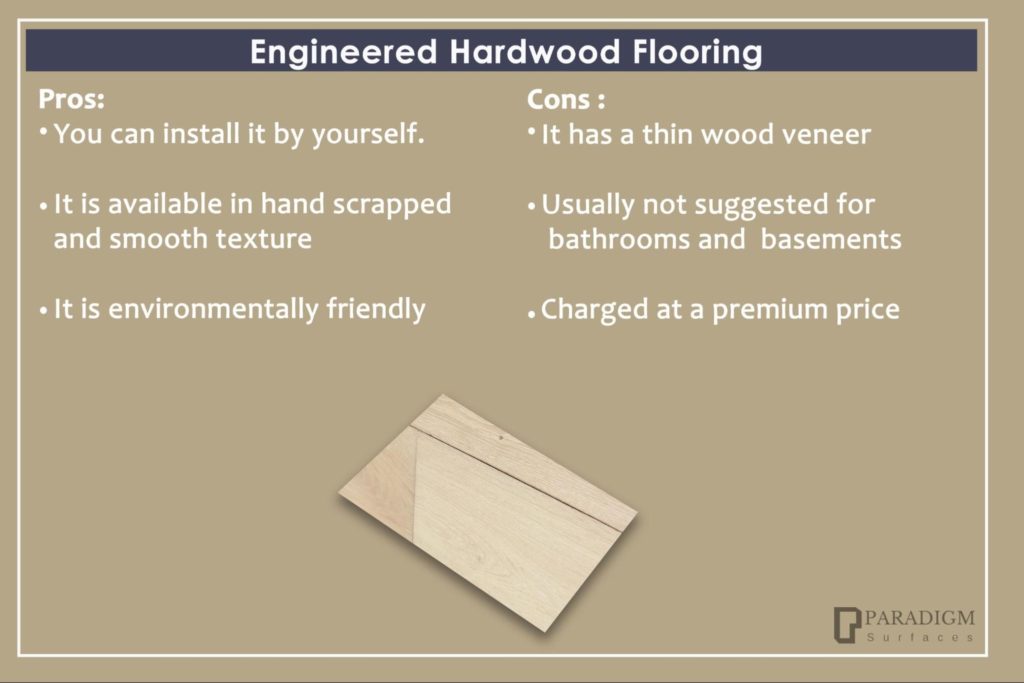
Pros:
- You don’t need a contractor to install it. One can easily function with the ease of the installation system
- Engineered wood can be installed on several levels
- It can be hand-scraped and smooth which offers an option of adding a natural touch which complements the decor
- Engineered wood floor is environmentally friendly with 70% repurposed wood waste
Cons:
- Unlike the solid hardwood that’s refinished, engineered wood has thin wood veneer
- It isn’t suggested for the basements or bathrooms. As these are prone to flooding. You need a water-resistant floor
What is Laminate Flooring?
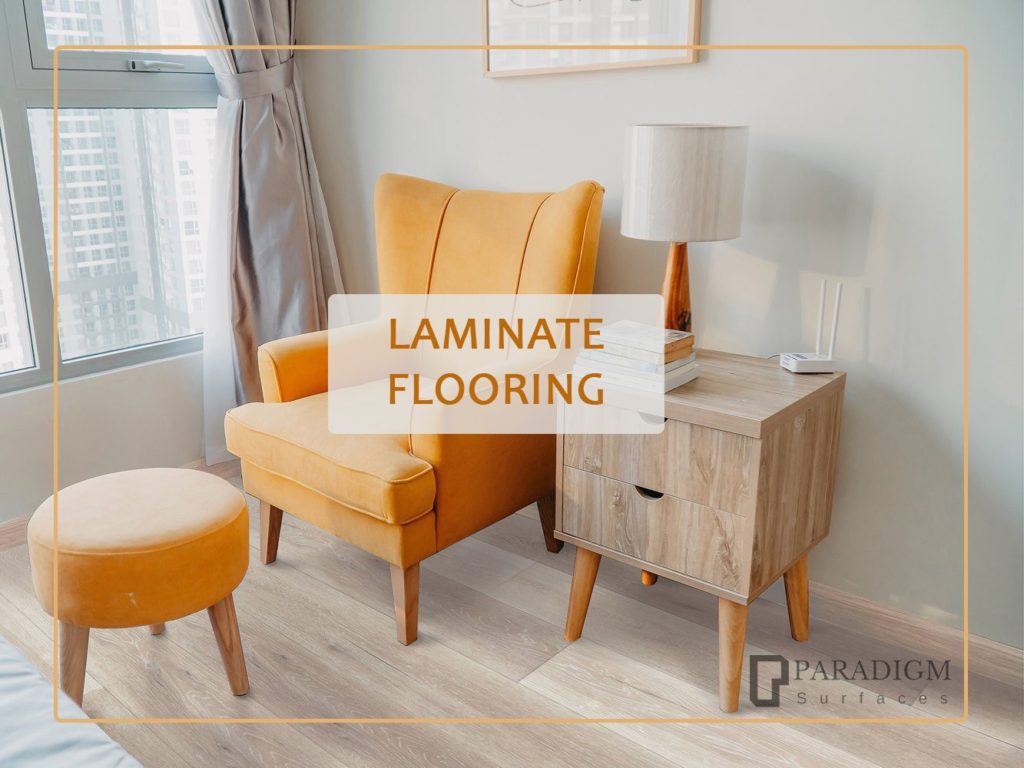
Laminate flooring is a type of flooring that is made from a thin layer of high-quality material. It can be installed over an existing surface, such as concrete or wood, or it can be installed on its own as the only surface in the room.
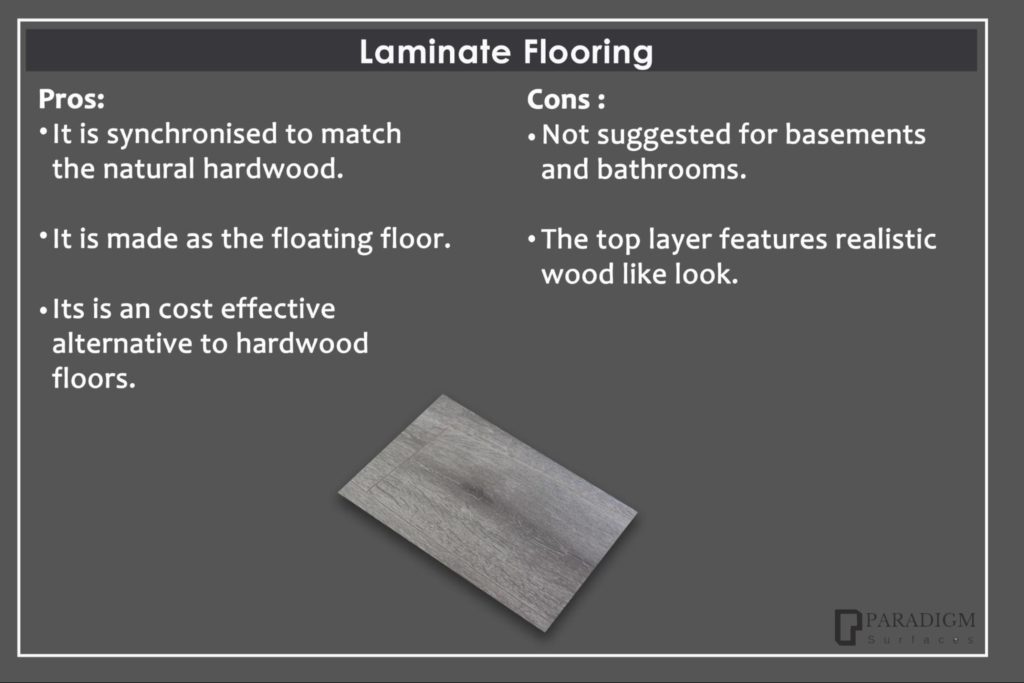
Pros:
- Luxury Laminate flooring is very durable
- This floor has a strong wear layer to protect the floor from dents & scratches
- It advances in construction that improves the laminate’s water-resistant abilities
- It’s simple to maintain and clean without floor waxing
Cons:
- Laminate flooring has water-resistant capabilities, but can’t stand pools of water
- If you don’t install it properly, laminate floors create an empty and hollow sound. Each product has installation instructions
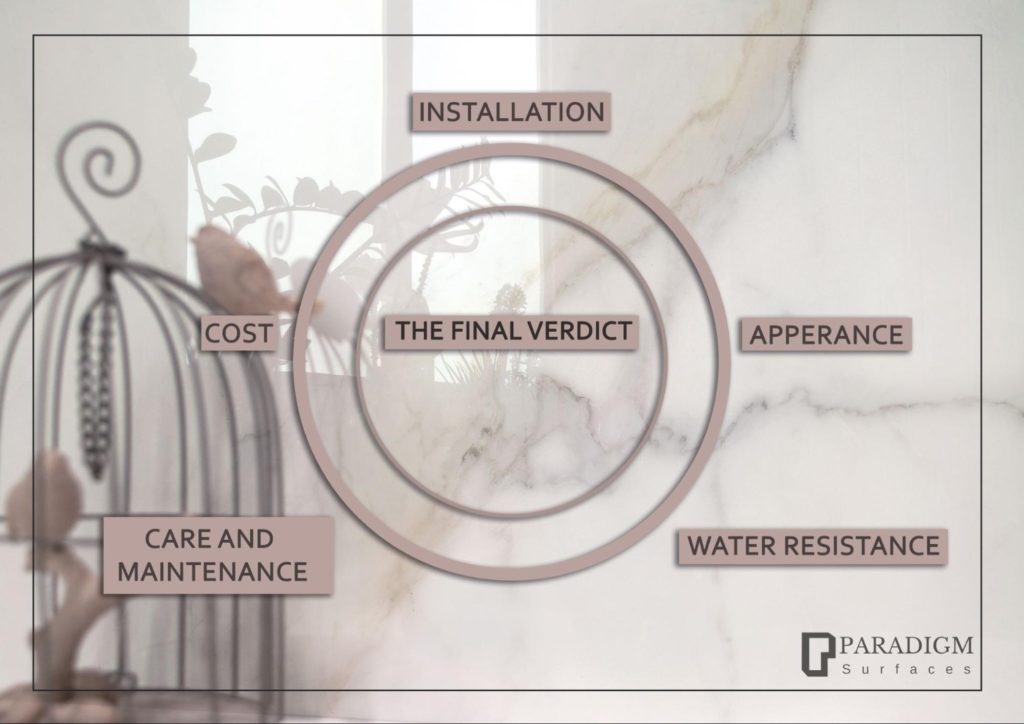
1. Installation
Laminate flooring is attached with simple flooring materials for installation. Their planks have a unique “click-lock” edge treatment where the plank edges float and interlock on the foam layer. Many people find it feasible to enclose a room with laminate flooring.
Engineered hardwood is quite simple to install than solid hardwood. You can blind-nail engineered wood to the subfloor with the staples at an angle via board edges. There are several floor floating versions. Simply put, laminate floors are simple for DIYers.
2. Appearance
Laminate flooring mimics wood and more materials. However, the quality laminates have a richer embossing of the simulated wood grain textures. That explains why it gives a real wood-like feel. The main benefit of the engineered hardwood floor is that laminate flooring has a real hardwood surface. It looks more realistic than the laminate flooring. Both types of flooring come in several styles and colours. You can easily discover the perfect one which matches your needs.
3. Water – resistant
Whatever choice you pick whether it’s engineered hardwood or laminate flooring both are water-resistant to a certain extent. You can see wear layers on these both floors that shut water out. However, laminate flooring’s materials are impenetrable to water compared to wood. The defensive coating keeps the water from moistening the surface floors of the hardwood. Hardwood can pick up and swell if water can pass through the seams. The seams within laminate flooring strips are waterproof or resistant to a certain extent depending on the finishing and series.
4. Care & Maintenance
Laminate is simple to care for if maintained on a regular basis. You can clean it easily without any extensive cleaning tools. Don’t use a mop, as water could harm the laminate flooring. Whereas a slippery surface can cause physical damage.
Engineered hardwood flooring is equally simple to take care of, avoiding a lot of water exposure that comes with mopping as well as steam mops. Washing the flooring with a strong acid solution is a big no. Along with day to day care avoid dragging heavy things across the floor. After a few years of installation, if you feel the original colour of the flooring is fading away a light coding of oil on the surface can do wonders.
5. Cost
Both engineered hardwood and laminate flooring prices vary depending on many key factors such as variation, plank dimensions, origin etc. Prices rise with engineered wood flooring due to it being a natural wood product vs faux production. The high rating leads to high prices. Engineered floors have a high price based upon the top wood veneer brand, style, and thickness. If the price has a vital role in the decision, then luxury laminate flooring is definitely more cost effective

